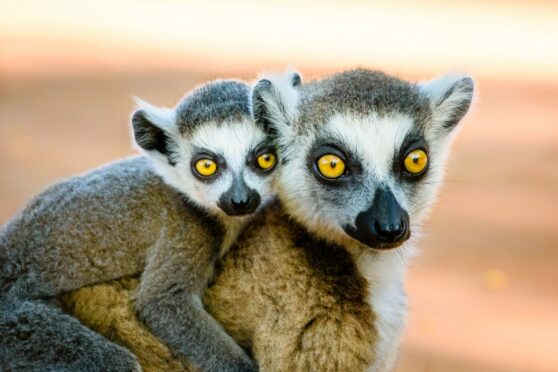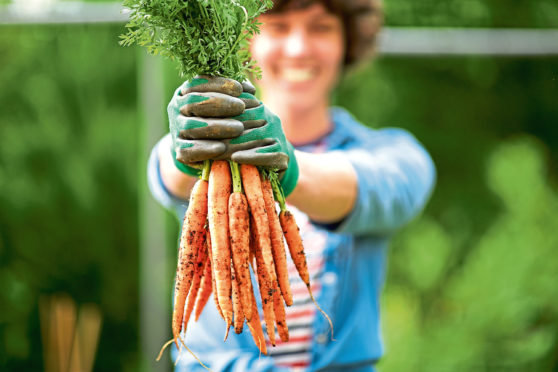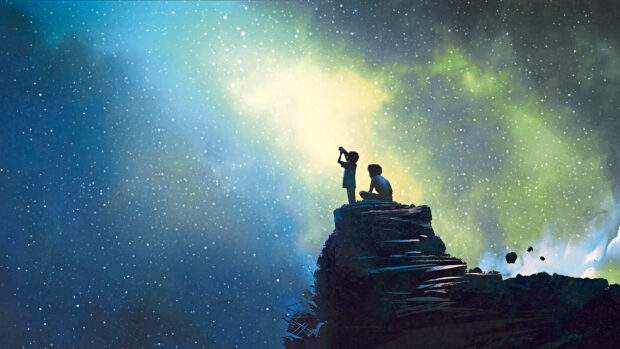
Scientists have long been fascinated with the animals and plant life of Madagascar, many of which exist nowhere else on Earth.
Here, anthropologist Alison Richard, author of The Sloth Lemur’s Song, tells Alice Hinds the Honest Truth about the world’s fourth largest island
What first sparked your fascination with Madagascar?
As an undergraduate learning about primate behaviour, the lecturer – the late, great primatologist Alison Jolly – showed us slides of the strange, silvery, spiny forest that covers much of southern Madagascar and is home to several species of lemurs. I was bewitched, and hooked from that moment on.
Why and how did Madagascar become a biodiversity hotspot?
Long isolation, large size and varied relief and climates all played a role. Deep seas and swirling currents have surrounded Madagascar for more than 80 million years. The nearest land, Africa, is several hundred miles to the west, and India and Asia lie many thousand miles to the east. It is the fourth biggest island in the world – more like a continent than an island – with a ridge of mountains running down its eastern flank, a high central plateau, and rolling hills to the west. This gives rise to a diversity of habitats, from rainforest and deciduous forest to spiny forest and grasslands.
Almost all Madagascar’s animal species were wiped out 66 million years ago when an asteroid hit Earth. The few that reached the island thereafter diversified and evolved in unique ways, and most species living there today are found nowhere else in the world.
Do we know how many species call, and once called, the island home?
No, is the short answer! Probably best known are living plants, with more than 14,000 species, and vertebrates (amphibians, reptiles, mammals and birds) with more than 1,200 but there are gaps in our knowledge even of these groups, and that’s before we come to insects or the plants and animals that once lived there and disappeared.
Why are the fossils found in the Morondava Basin so important for understanding Madagascar’s past?
They fill an important gap in our early knowledge, dating to a period when dinosaurs were starting to evolve. They remind us that Madagascar was not always like it is today. None of the species present on the island now are descended from these fossilised critters, and when they were alive Madagascar was not yet an island: it was a nondescript bit of land in the middle of the supercontinent Gondwana, wedged between Africa on one side and India on the other, with Australia to the south.
What is “lemur syndrome”?
It is a partly tongue-in-cheek phrase used to emphasize that many lemur species exhibit curious oddities of behaviour and biology. For example, females are about the same size as males (in most primates they are smaller) and socially dominant over males (the reverse is true in most primates), and social groups contain about equal numbers of each sex (females outnumber males in most primates). A lot of research, including my own, has tried to explain why lemurs break the rules in many ways but we don’t have a convincing answer.
Is it true tortoises can float?
Yes – and a long way too! A giant tortoise washed ashore in Tanzania, East Africa, in 2004. Alive if a bit the worse for wear, it had evidently drifted for several weeks (long enough for barnacles to attach themselves to its carapace) and probably came from the Aldabra islands, 460 miles away.
What is your favourite animal native to Madagascar?
I can’t possibly choose, and so my answer will be the animal I’ve been studying for the past 50 years – Propithecus verreauxi, called the sifaka, in the Malagasy language. Sifaka have black skin and white fur, with black furry caps in some regions and burgundy red patches on their inner arms and legs in others; they are endlessly beautiful and intriguing.
The Sloth Lemur’s Song: Madagascar From The Deep Past To The Uncertain Present, William Collins, £25, is out now

Enjoy the convenience of having The Sunday Post delivered as a digital ePaper straight to your smartphone, tablet or computer.
Subscribe for only £5.49 a month and enjoy all the benefits of the printed paper as a digital replica.
Subscribe





